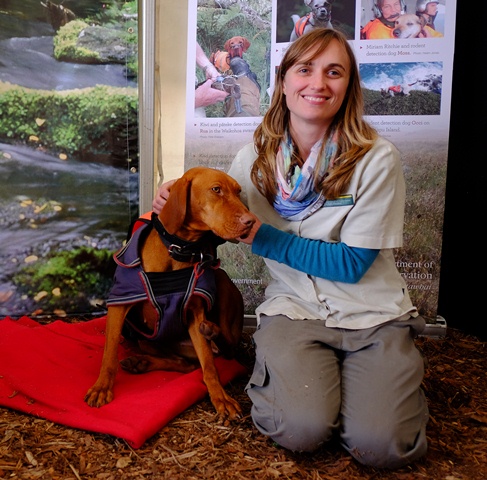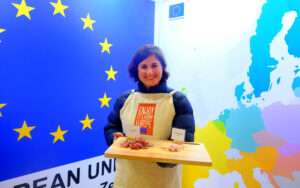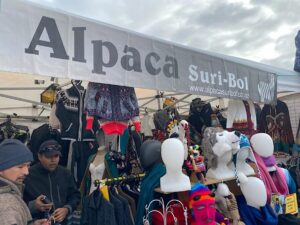Canine conservationists on show at Fieldays
DOC enlists man’s-best-friend to help New Zealand’s endangered wildlife thrive again.
The Department of Conservation (DOC) came to Fieldays this year to showcase how they are using dogs to protect some of New Zealand’s most endangered native species.
Three conservation dogs and their handlers were on show to highlight the work they’ve been doing since 2002 to safeguard this country’s natural heritage.

Conservation dog handler Hannah Flatman was there with her four-legged friend Pip, who is trained to find kiwi so they can be banded, monitored or relocated.
She spoke about the training involved to get Pip up to the standard required to do this vital work.
“In the beginning you’ve got to pass what’s called an interim certificate and that shows you’ve got a really good command over your dog, all the basic commands just to show you can stop your dog whenever you tell it to.
“Once you‘ve got that then you can start focussing on the species that you want to, so that’s when I could start taking her to find kiwi.”
Conservation dogs can also be trained to find other endangered native species such as kakapo, whio, pakeke and takahe.
Another section of the programme uses conservation dogs to detect predators.
These dogs are trained to pick up the subtle sign or scent of target predators such as rats, stoats or feral cats.
The dogs are not trained to kill the pest, merely detect its presence so this information can be used to eradicate the animal by either trapping, poisoning or shooting.
Flatman said predator detection dogs are currently being used to find signs of Argentine ants in and around the Auckland region.
“It’s a really aggressive carnivorous ant that will go and eat small birds.
“It’s been in the country 10-15 years, so it’s fairly recent.”
Conservation dogs are owned by their handlers and in the case of Flatman, who was already working for DOC when she began training Pip, it was very beneficial.
“[It] was definitely a big advantage because I was always working on kiwi projects so I had all that species knowledge and also access to the species, which helped with training the dog.”




